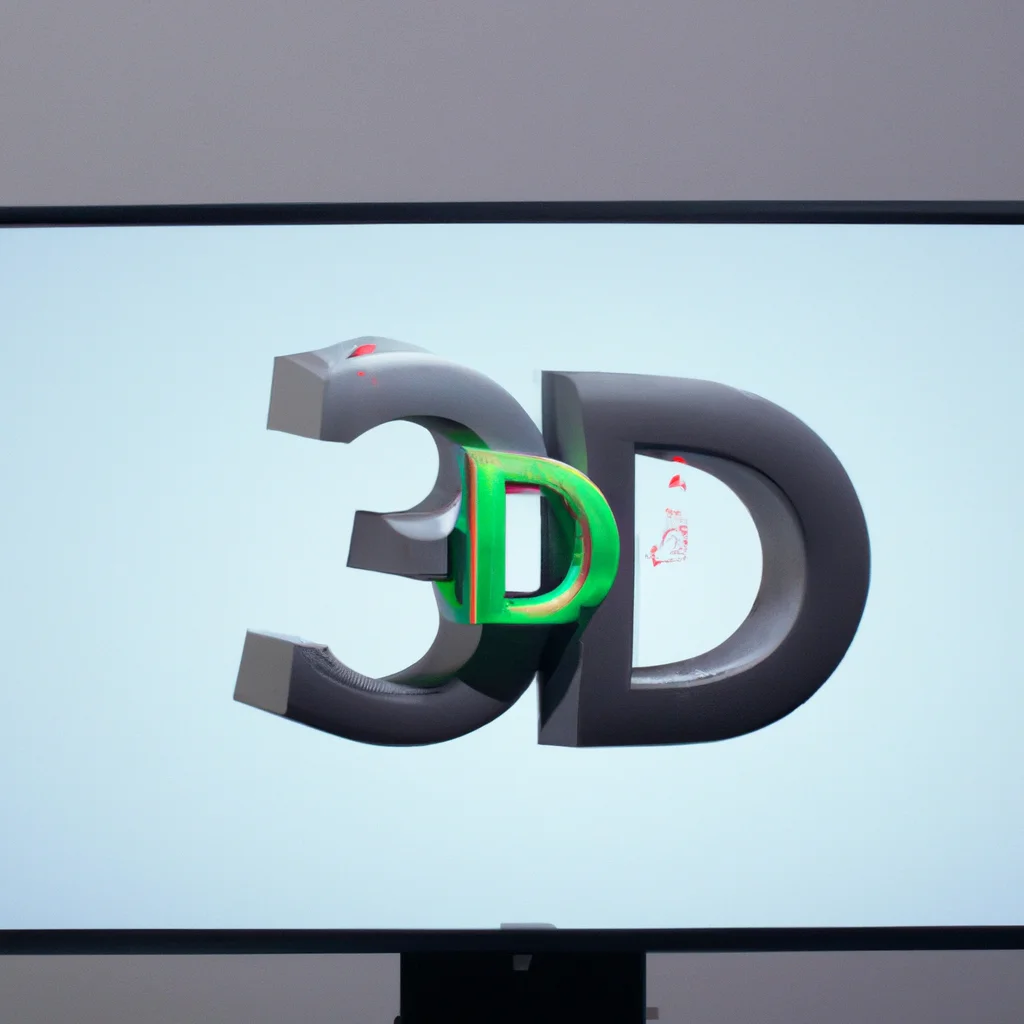How does a 3D TV display three-dimensional images?


How does a 3D TV display three-dimensional images?
Have you ever wondered how a 3D TV displays three-dimensional images? Well, wonder no more! In this article, we will explore the display technology behind 3D TV and how it works. Television technology has come a long way since its inception, and 3D TV is no exception. Let’s dive in and discover how it all works.
What is a 3D TV?
A 3D TV is a television that is capable of displaying three-dimensional images. It uses a combination of display technology, glasses, and content to create the illusion of depth. 3D TV technology has been around for over a decade, with the first consumer models hitting the market in the mid-2000s.
How It Works: The Display Technology
There are two types of 3D TV display technology: active and passive. Active 3D TVs use battery-powered glasses that work in sync with the television to create the 3D effect. Passive 3D TVs, on the other hand, use polarized glasses that filter the image differently for each eye.
Regardless of the type of 3D TV, the display technology behind it is similar. It involves displaying two different images on the screen simultaneously, one for the left eye and one for the right eye. These images are slightly offset from each other, mimicking the way our eyes perceive depth in real life.
The television sends a signal to the glasses, telling them which eye should see which image. The glasses then block out the image intended for the opposite eye, allowing each eye to only see the correct image. This creates the illusion of depth and makes the image appear three-dimensional.
Content is Key
In order for a 3D TV to display three-dimensional images, it needs to have content that is specially formatted for 3D viewing. This can include movies, TV shows, and even video games. The content is filmed or created using specialized cameras and software that captures two different images simultaneously.
When the content is played on a 3D TV, the display technology mentioned above takes over, displaying the two images on the screen and using the glasses to create the 3D effect. Without specially formatted content, a 3D TV cannot display three-dimensional images.
Is 3D TV Worth It?
While 3D TV technology is impressive, it has not taken off as much as manufacturers had hoped. In fact, many television manufacturers have stopped producing 3D TVs altogether. There are a few reasons for this.
First, the glasses can be uncomfortable to wear for extended periods of time. Additionally, many people experience eye strain or headaches while watching 3D content. Finally, there is a lack of content that is specially formatted for 3D viewing, making it difficult to justify the purchase of a 3D TV.
Conclusion
In conclusion, the display technology behind 3D TV involves displaying two different images on the screen simultaneously and using glasses to create the illusion of depth. This technology has been around for over a decade, but has not taken off as much as manufacturers had hoped. Regardless, 3D TV technology is impressive and offers a unique viewing experience for those who choose to invest in it.
Recent Posts
How do I create an engaging and informative online quiz or assessment?
Creating an engaging and informative online quiz or assessment can be a powerful tool for… Read More
What are the most effective methods for managing and reducing work-related stress in the hospitality industry?
Work-related stress is a common issue in the hospitality industry, where employees often face long… Read More
How can I improve my assertiveness and communication skills in a leadership position?
In a leadership position, assertiveness and effective communication skills are crucial for success. Being able… Read More
What are the key elements of a successful employee recognition and rewards program?
Employee recognition and rewards programs play a crucial role in motivating and engaging employees, as… Read More
How do I effectively manage and respond to customer feedback and reviews?
Customer feedback and online reviews play a crucial role in shaping a company's reputation and… Read More
What are the best strategies for effective time management as a stay-at-home parent?
Effective time management is crucial for stay-at-home parents who juggle multiple responsibilities on a daily… Read More